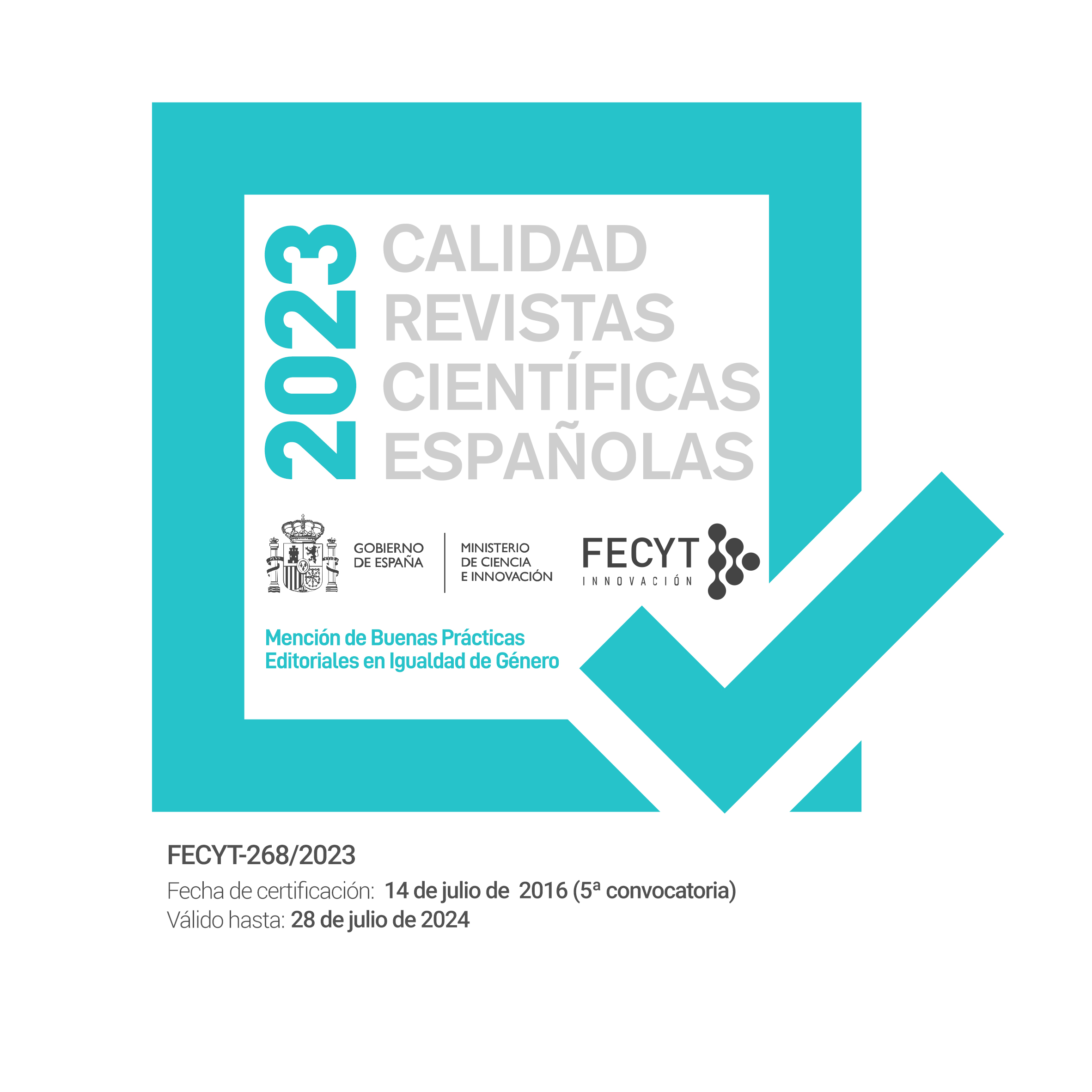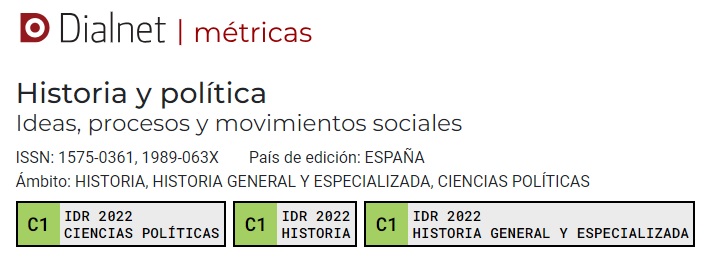A time of decision and action: the Viceroyalty of Peru in 1810.
Keywords:
Peru, 19-Century, politics, Abascal, independence, separatism.Abstract
The viceregal government in Peru survived the two imperial crises of 1808 and 1810. Viceroy Abascal took advantage of hostility among the Lima élite to many of the Bourbon reforms in order to harness support for the reaffirmation of Peruvian authority over Quito and Charcas, and to resist the Brazilian Court’s designs on Spanish America. The newly formed Army of Upper Peru was commanded in 1810 by the Arequipa creole, Goyeneche. Although schooled in the maxims of Spanish absolutism, Abascal, recognising the authority of the Regency Council and Cortes, witnessed the transformation of the Monarchy into a constitutional system.Downloads
Downloads
Published
Issue
Section
License

This work is licensed under a Creative Commons Attribution-NonCommercial-NoDerivatives 4.0 International License.
Authors whose contributions are accepted for publication in this journal, accept the following terms:
a. The authors retain their copyright and guarantee to the magazine the right of first publication of their work, which will be simultaneously subject to the Creative Commons Attribution License Attribution-Noncommercial-No derivative works 4.0 Spain, which allows third parties to share the work as long as its author and its first publication is indicated.
b. Authors may adopt other non-exclusive license agreements to distribute the version of the published work (e.g. deposit in an institutional repository or archive, or published in a monographic volume) provided the initial publication in this journal is indicated.
PLAGIARISM AND SCIENTIFIC FRAUD
The publication of work that infringes on intellectual property rights is the sole responsibility of the authors, including any conflicts that may occur regarding infringement of copyright. This includes, most importantly, conflicts related to the commission of plagiarism and/or scientific fraud.
Plagiarism is understood to include:
1. Presenting the work of others as your own.
2. Adopting words or ideas from other authors without due recognition.
3. Not using quotation marks or another distinctive format to distinguish literal quotations.
4. Giving incorrect information about the true source of a citation.
5. The paraphrasing of a source without mentioning the source.
6. Excessive paraphrasing, even if the source is mentioned.
Practices constituting scientific fraud are as follows:
1. Fabrication, falsification or omission of data and plagiarism.
2. Duplicate publication.
3. Conflicts of authorship.





